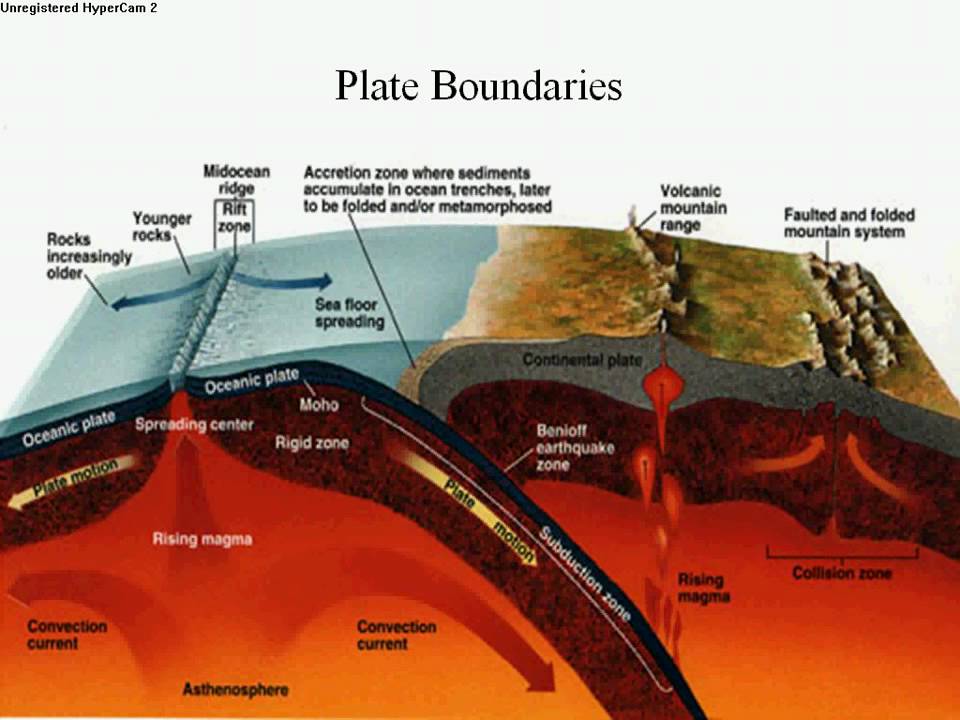Compare and contrast subduction in the pacific ocean and the atlantic ocean.
Sea floor spreading and subduction video.
As upwelling of magma continues the plates continue to diverge a process known as seafloor spreading samples collected from the ocean floor show that the age of oceanic crust increases with distance from the spreading centre important evidence in favour of this process.
The processes of subduction and sea floor spreading can change the size and shape of the oceans.
The interpretation of data results can lead to many conclusions.
Seafloor spreading theory that oceanic crust forms along submarine mountain zones and spreads out laterally away from them.
Is it sea floor spreading and tectonic plate subduction as the theory of geology suggests or is it growing earth evidence.
That is the time it takes for new rock to form at the mid ocean ridge move across the ocean and sink into a trench.
Spreading rate is the rate at which an ocean basin widens due to seafloor spreading.
Sea floor spreading where new material appears at seams on the sea floor and seems to have moved and is moving to.
List and describe the three pieces of evidence found to support sea floor spreading.
Because of these processes the ocean floor is renewed about every 200 million years.
Describe the process of subduction.
Seafloor spreading is just one part of plate tectonics.
These age data also allow the rate of seafloor spreading to be determined and they show that rates.
This report describes how to build a model of the outer 300 km 180 miles of the earth that can be used to develop a better understanding of the principal features of plate tectonics including sea floor spreading the pattern of magnetic stripes frozen into the sea floor transform faulting thrust faulting subduction and volcanism.
This idea played a pivotal role in the development of the theory of plate tectonics which revolutionized geologic thought during the last quarter of the 20th century.
Spreading rates determine if the ridge is fast intermediate or slow.
They both are subduction zones but one is in the pacific plate and the other is in the north american plate.
At subduction zones the edge of the denser plate subducts or slides beneath the less dense one.
Depending on the theory used to interpret them or what you were actually looking for.
The rate at which new oceanic lithosphere is added to each tectonic plate on either side of a mid ocean ridge is the spreading half rate and is equal to half of the spreading rate.
I didn t know it would come to this.
The denser lithospheric material then melts back into the earth s mantle.

